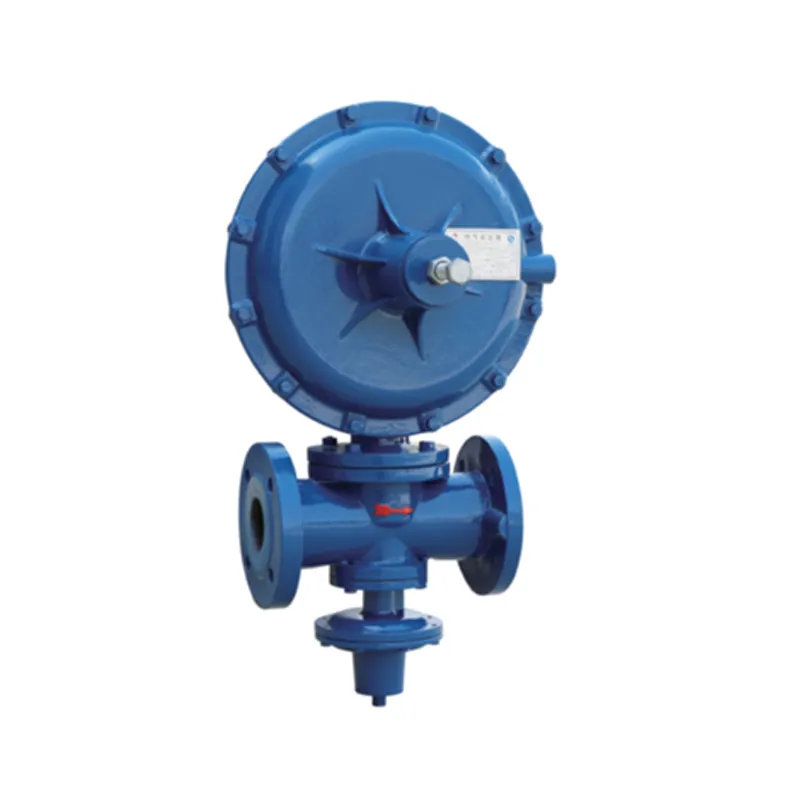
Dec . 02, 2024 07:22
Back to list
مبادل حراري
Understanding Heat Exchangers A Comprehensive Overview
Heat exchangers are essential components in various engineering applications, playing a crucial role in the transfer of heat between two or more fluids. Their ability to efficiently exchange heat makes them vital in industries ranging from chemical processing to HVAC systems, power generation, and even automotive applications. This article will delve into the fundamental principles, types, advantages, and applications of heat exchangers, providing a comprehensive understanding of their significance in modern technology.
Fundamental Principles of Heat Exchangers
At the core of a heat exchanger's functionality is the principle of heat transfer, which is governed by the laws of thermodynamics. Heat exchange occurs when two fluids at different temperatures come into contact with each other. The hotter fluid releases heat to the cooler fluid, leading to a rise in temperature for the latter while the former cools down.
Heat exchangers operate primarily through conduction and convection. Conduction is the direct heat transfer through a solid barrier, while convection transfers heat through the movement of fluids. The effectiveness of heat exchangers is often described by their ability to maximize the surface area available for heat transfer while minimizing resistance to fluid flow.
Types of Heat Exchangers
Heat exchangers come in various shapes and designs, tailored to suit different applications. The most common types include
1. Shell and Tube Heat Exchangers These consist of a series of tubes, where one set carries the hot fluid and the other the cold fluid. The heat transfer occurs through the walls of the tubes. This type is widely used due to its robustness and efficiency.
2. Plate Heat Exchangers Comprising multiple plates stacked together, this type allows for greater surface area and enhances heat transfer. Plate heat exchangers are compact and provide effective heat exchange in a smaller footprint, making them ideal for many food processing and chemical applications.
3. Air-Cooled Heat Exchangers Utilizing ambient air to dissipate heat, these exchangers are common in industries where cooling water is scarce. They consist of fans and finned tubes to enhance heat transfer efficiency.
4. Double-Pipe Heat Exchangers This simplest form of heat exchangers consists of one pipe inside another. One fluid flows through the inner pipe while the other flows through the annulus between the two pipes, facilitating heat transfer.
5. Fin Tube Heat Exchangers These utilize fins to increase surface area for heat transfer, improving efficiency. They are particularly useful in applications where space is limited.
.
Heat exchangers provide numerous benefits, which contribute to their widespread use
مبادل حراري

- Energy Efficiency By recovering waste heat and transferring it to another fluid, heat exchangers improve overall energy efficiency and reduce operational costs.
- Compact Design Many modern heat exchangers are designed to be space-efficient, making them suitable for various applications where space is at a premium.
- Versatility Heat exchangers can handle a variety of fluids, including liquids and gases, and can be tailored to meet specific process requirements.
- Sustainability With a growing emphasis on sustainable practices, heat exchangers contribute to energy conservation efforts by allowing industries to optimize thermal management processes.
Applications of Heat Exchangers
The versatility of heat exchangers allows for their application across numerous industries, including
- Power Generation Used in steam turbines and cooling systems, heat exchangers help maintain optimal temperatures in power plants.
- Chemical Processing Essential in reactors and distillation columns, they facilitate the efficient heat management of chemical reactions.
- Food and Beverage Industry Plate heat exchangers are particularly popular in pasteurization processes, ensuring food safety while preserving quality.
- HVAC Systems Used in heating and cooling systems, heat exchangers help maintain temperature control in residential, commercial, and industrial buildings.
- Automotive In vehicles, heat exchangers manage engine temperature and cabin heating, crucial for performance and comfort.
Conclusion
In summary, heat exchangers are vital components that enhance energy efficiency and thermal management across various sectors. Understanding their types, principles, and applications is essential for engineers and industry professionals striving for effective heat management solutions. As technology advances, the design and application of heat exchangers will continue to evolve, playing a key role in the quest for sustainability and energy efficiency.
Next:
Latest news
-
Safety Valve Spring-Loaded Design Overpressure ProtectionNewsJul.25,2025
-
Precision Voltage Regulator AC5 Accuracy Grade PerformanceNewsJul.25,2025
-
Natural Gas Pressure Regulating Skid Industrial Pipeline ApplicationsNewsJul.25,2025
-
Natural Gas Filter Stainless Steel Mesh Element DesignNewsJul.25,2025
-
Gas Pressure Regulator Valve Direct-Acting Spring-Loaded DesignNewsJul.25,2025
-
Decompression Equipment Multi-Stage Heat Exchange System DesignNewsJul.25,2025

